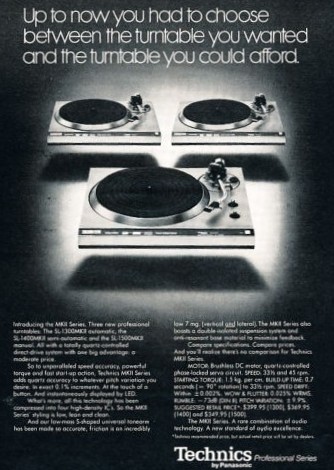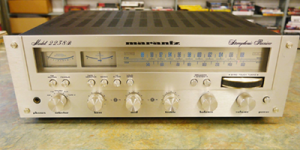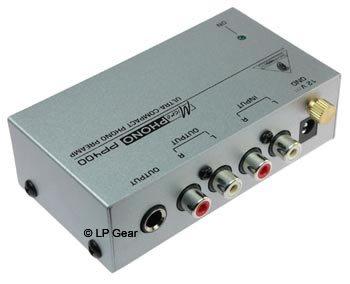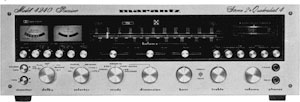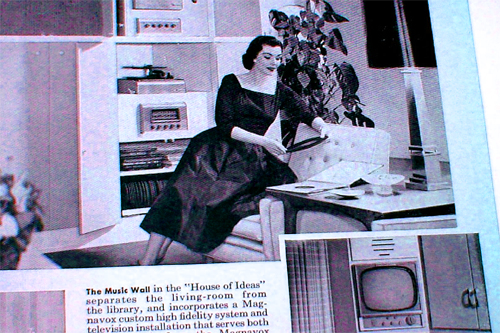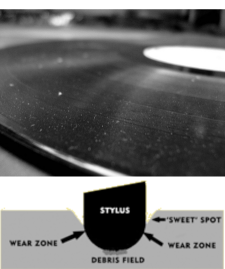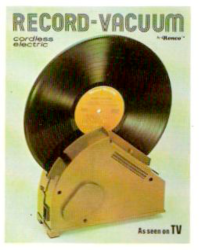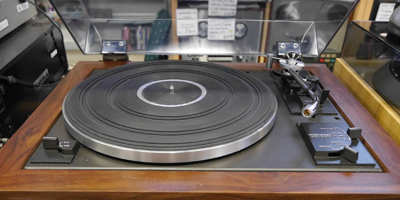
The vinyl record is my preferred media for active listening to recordings made in the 1950s and into the 1980s.
As discussed earlier, analog recordings played back on vinyl records add a certain amount of their own “noise” to the listening experience. Some of this noise is not desirable such as the tics and pops associated with a record that is no longer in mint condition. But it also adds a certain “warmth” and “life” that is missing from CDs.
To help explain my opinions in that regard I have several analogies and examples:
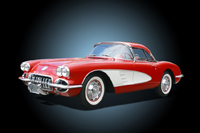
Listening to vinyl as opposed to a CD is like looking at the paint on your car before and after you wax it. Vinyl sounds like a fresh wax job looks. It didn’t change the basic color but it enriches it making it fuller and more vibrant and full of life.
Another way of describing the difference between the sound of vinyl and the sound of CDs is to describe it in terms of visible and non-visible light rays;
Ultraviolet light is not visible to the human eye, but if you place an ultraviolet filter in front of your eyes you can see the difference made by removing ultraviolet light. I think of CDs as possessing a filter that does not allow all of the “colors” of the audio spectrum to be heard. Perhaps that is good, or perhaps it is bad, but it is different, and I prefer the full spectrum of sound that vinyl provides.
Here is one last way of describing the fuller, richer sound that vinyl provides;
The CD specification stops abruptly at 20,000 cycles per second (20 KHz) whereas vinyl can reach all the way up to 45 KHz and beyond. Sounds above 20 KHz are simply not present on a CD which is OK in itself since it is above the hearing range that most humans can hear. But that does not mean that the sounds above 20 KHz do not affect the sounds that are within the audible range. These higher tones can reflect tones back into the audible range. This has the effect of enriching the sound that we can hear.
An imperfect analogy is to take a pure 440 Hz tone and compare it to its equivalent primary pitch on a piano which is referred to as A-440 (A below middle C). A pure tone of 440 Hz is dull and lifeless. The same fundamental tone on a piano causes many other “sympathetic” tones to be heard and for harmonics of the 440 Hz string to be amplified or augmented by other strings on the piano. So these inaudible pure tones above 20 KHz that are present on a vinyl record do have an effect on what you hear when playing back a vinyl record by affecting or generating tones that are audible.
One last augmentation should be mentioned and that is the sound that you hear when playing music back through a tube based preamp and amplifier when compared to transistor based amplifiers. Again, it adds “color” to the sound which you either like or not, but I do.
That’s my story and I am sticking to it.
 Sign Up For Our Newsletter
Sign Up For Our Newsletter



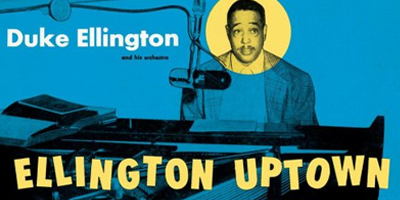
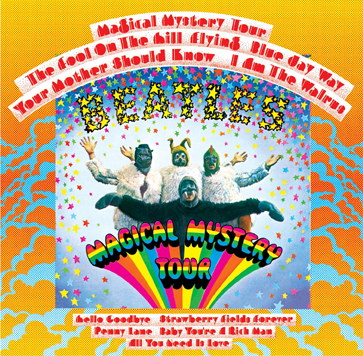
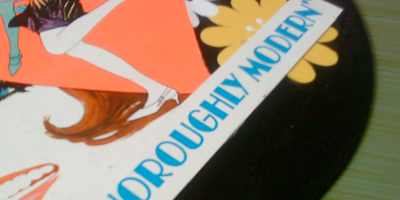

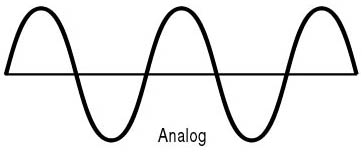
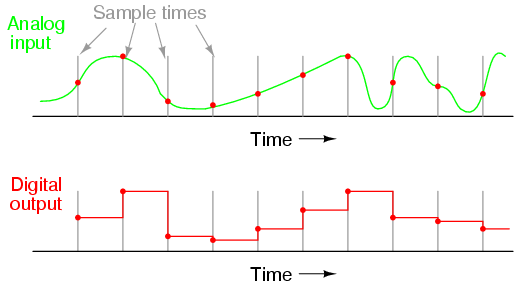
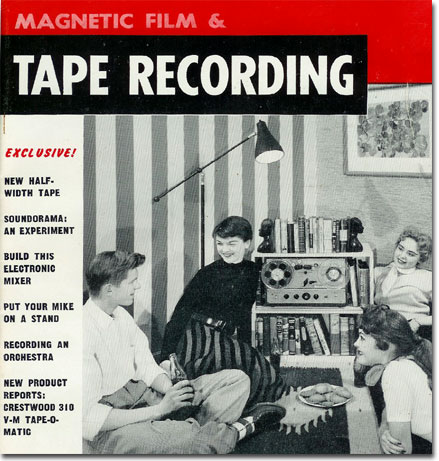


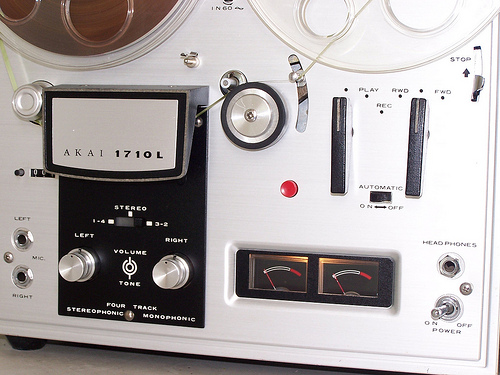
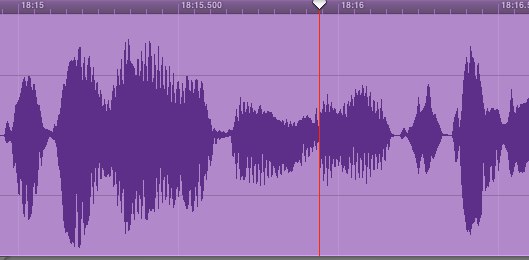
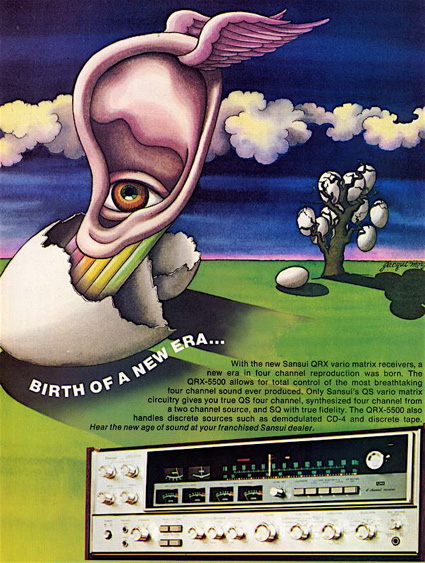
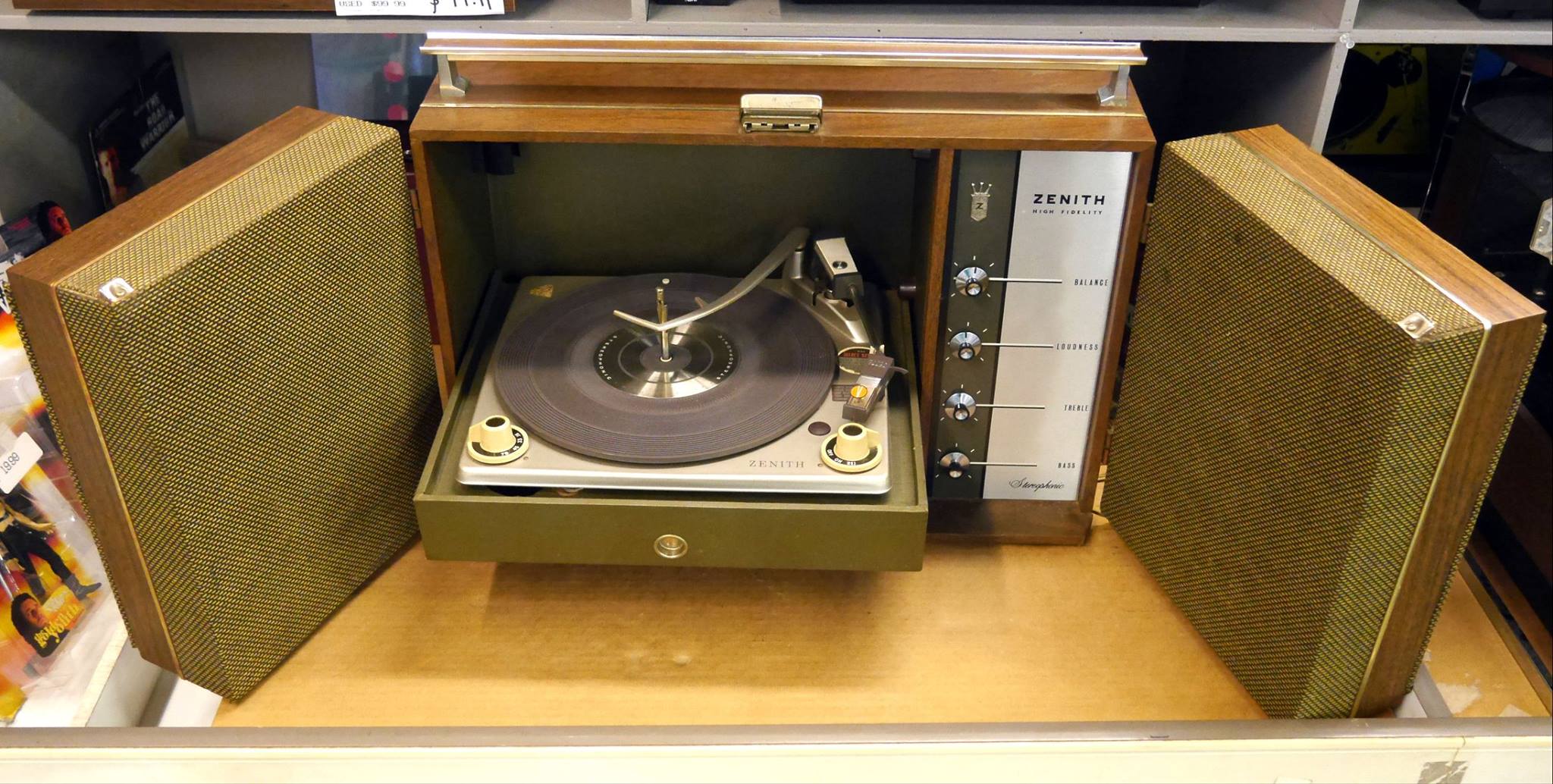
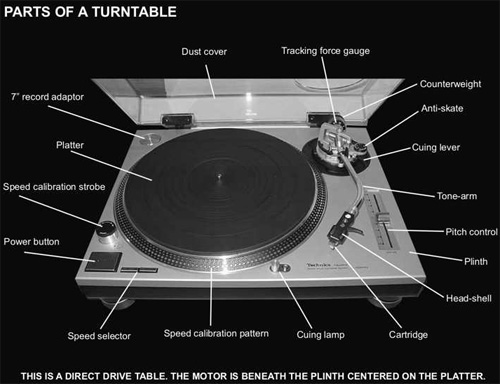
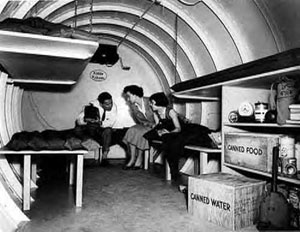
 The phono cartridge contributes to unwanted noise as well. It is a sound transducer and can be thought of as a specialized type of microphone in that it picks up the vibrations from the stylus as it tracks the record groove and responds to its encoded vibrations.
The phono cartridge contributes to unwanted noise as well. It is a sound transducer and can be thought of as a specialized type of microphone in that it picks up the vibrations from the stylus as it tracks the record groove and responds to its encoded vibrations.